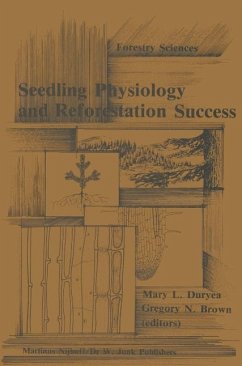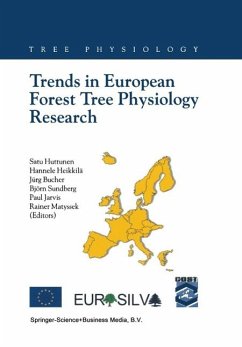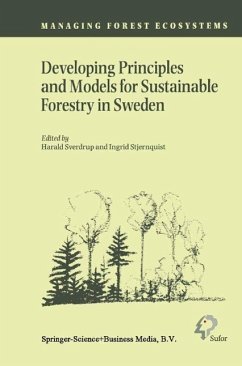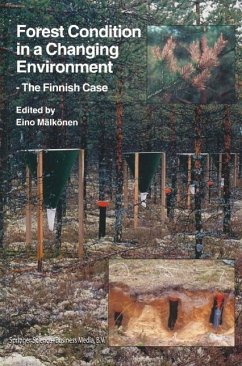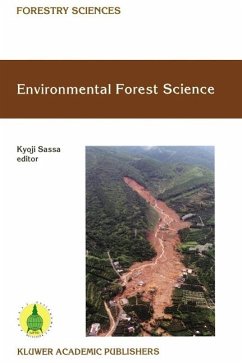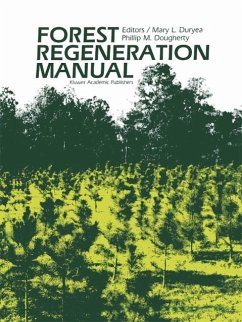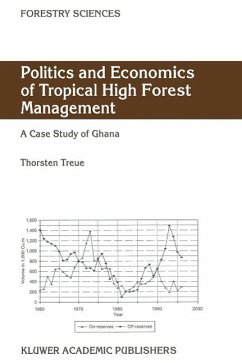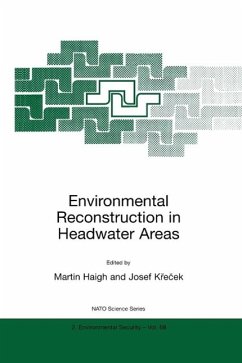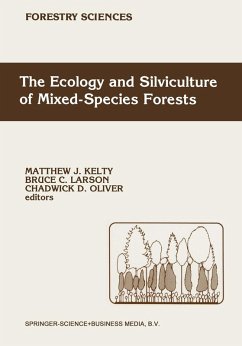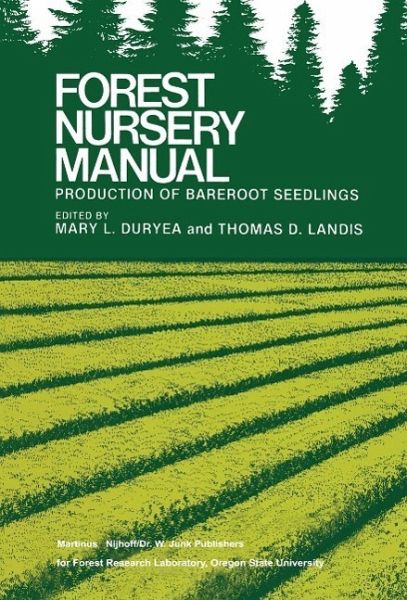
Forest Nursery Manual: Production of Bareroot Seedlings (eBook, PDF)
Versandkostenfrei!
Sofort per Download lieferbar
256,95 €
inkl. MwSt.
Weitere Ausgaben:

PAYBACK Punkte
128 °P sammeln!
ing damage ranged from odor. to general visual appearance. Attributes of seedling quality are categorized as either to cutting buds. to scraping bark to detect dead cambium. performance attributes (RGP. frost hardiness. stress resistance) One nursery reported using frost hardiness as an indicator of or material attributes (bud dormancy. water relations. nutrition. when to begin fall lifting. but none reported using it as an morphology). Performance attributes are assessed by placing indicator of seedling quality before shipping stock to customers. samples of seedlings into specified controlled...
ing damage ranged from odor. to general visual appearance. Attributes of seedling quality are categorized as either to cutting buds. to scraping bark to detect dead cambium. performance attributes (RGP. frost hardiness. stress resistance) One nursery reported using frost hardiness as an indicator of or material attributes (bud dormancy. water relations. nutrition. when to begin fall lifting. but none reported using it as an morphology). Performance attributes are assessed by placing indicator of seedling quality before shipping stock to customers. samples of seedlings into specified controlled environments and evaluating their responses. Although some effective short 23.4.3 Stress resistance cut procedures are being developed. performance tests tend Only three nurseries measure stress resistance. They use to be time consuming; however, they produce results on whole the services of Oregon State University and the test methods plant responses which are often closely correlated with field described in 23.2.3. One nursery reported that results of stress performance. Material attributes. on the other hand. reflect tests did not agree well with results of RGP tests and that RGP only individual aspects of seedling makeup and are often correlated better with seedling survival in the field. Most stress poorly correlated with performance. tests are conducted for reforestation personnel rather than for Bud dormancy status seems to be correlated. at least nurseries.
Dieser Download kann aus rechtlichen Gründen nur mit Rechnungsadresse in A, B, BG, CY, CZ, D, DK, EW, E, FIN, F, GR, HR, H, IRL, I, LT, L, LR, M, NL, PL, P, R, S, SLO, SK ausgeliefert werden.



